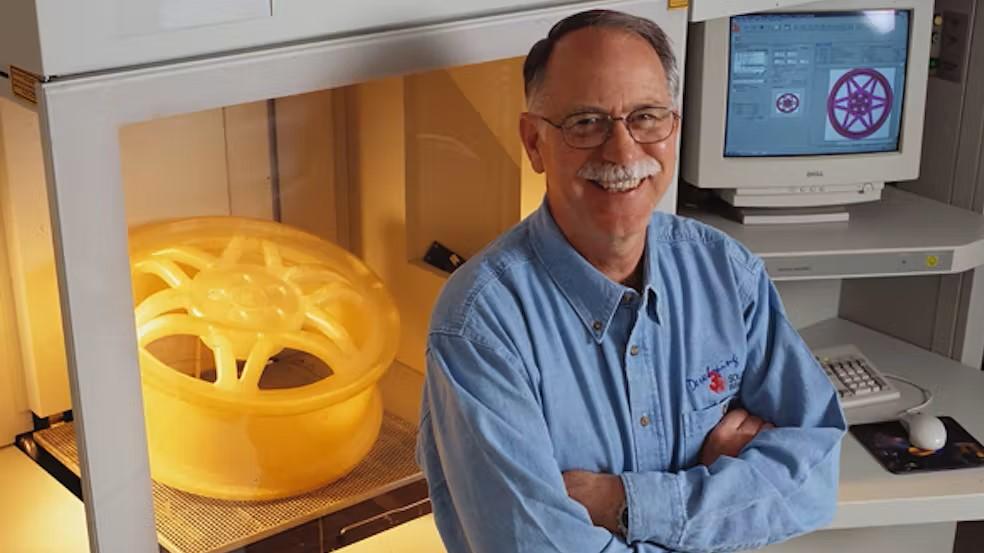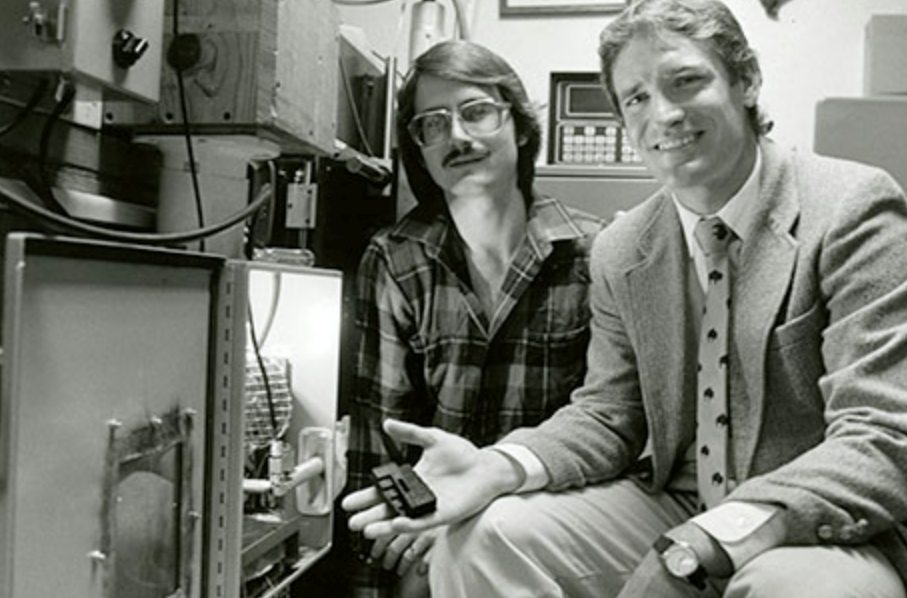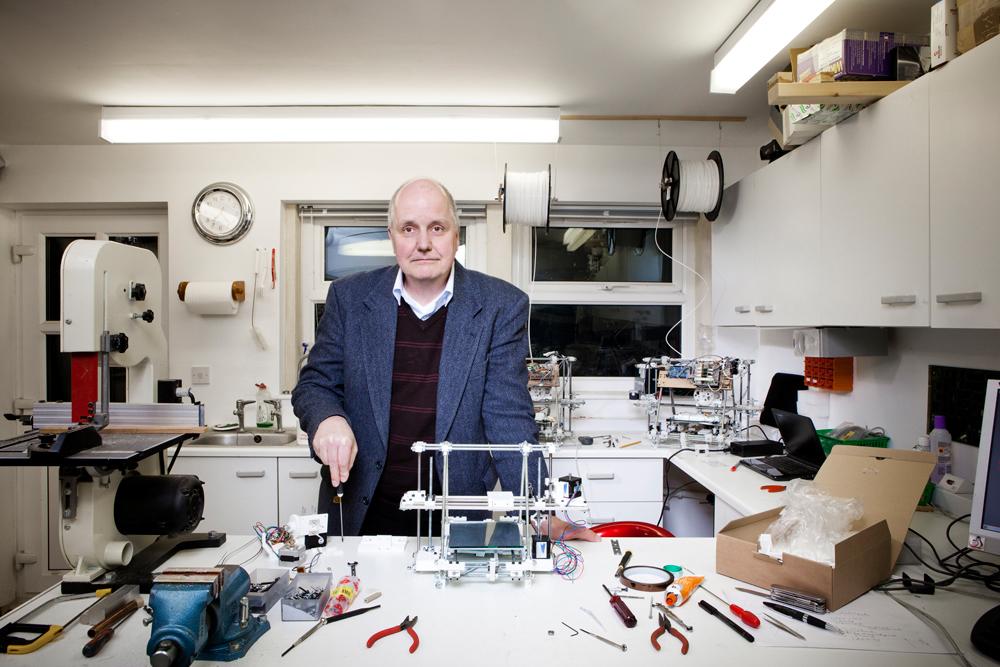
The history of 3D Printing
Share
What is 3D printing? Where did it come from? Who invented it and how has it developed since its invention? Our latest blog delves into the history, growth and metamorphosis of 3D printing.
Where 3D Printing began
3D is a term used in reference to Three Dimensional Models which are objects that have depth, height and width. Objects that lack depth are classified as 2D models. The history of printing dates as far back as the 15th century, specifically in the year 1450; a German by the name of Johannes Gutenberg came up with the first printing press that marked the start of printing.
It wasn’t until four centuries later that 3D models came to life. In the 19th century, 1838, Charles Wheatstone developed the first device to view 3D images; he applied the principles of depth to achieve this technological marvel of the time. The years that followed saw major advancements in 3D imagery.
The invention of 3D printing
The two inventions were combined in the 20th century, in 1981, by a Japanese known as Hideo Kodama whose goal was to come up with a process of rapid prototyping. Kodama developed a manufacturing approach that was multi-layered and which utilized a resin that was sensitive to light and could be polymerized by ultraviolet radiation.
Kodama came up with the first 3D printing mechanism but he didn't proceed to patent the invention, hence he could not own it legally. However, historically he is credited as the inventor that was able to combine 3D technology with printing into a single device.
Ground-breaking 3D printing developments
In 1985, a group of three French researchers attempted to create a machine that could rapidly prototype. They had similar goals to Hideo Kodama, however, they sought a different approach and instead of using photosensitive resins, they developed a system that used a laser to create solid structures from liquid monomers. These French researchers managed to achieve their goals and they contributed to the development of 3D printing. However, just like Kodama, they failed to patent the technology and thus in legal terms, they do not own it, but historically they are the creators of the technology.
The father of 3D printing
In that same year, Charles (Chuck) Hull, a furniture builder based in the USA, was frustrated by the inability to build small-sized component parts for his larger designs. To solve this problem, Hull decided to create 3D images that would help him in the design process; he used photosensitive resins and cured them into multi-layered structures. Hull managed to patent his technology by 1986; this legal ownership of the technology gave him the grounds to establish a company in 1988. The company was called 3D Systems Corporation, and went on to release the first commercial stereolithography 3D printer – SLA-1, paving the way for the future.

Charles (Chuck) Hull, Image source: Industry Week
Laying the foundations for the future 3D printing developments
In 1988, the year that the SLA printers were commercialised, Carl Deckard, from Texas University, patented the Selective Laser Sintering technology (SLS). This technology used lasers to fuse powders rather than Liquids. A year later, in 1989, the FDM 3D Printer technology was developed by Scott Crump who went on to patent it.
This Fused Deposition Model was different from SLA and SLS because it did not use light on the filament but instead used a heated nozzle for the filament. The FDM model is also known as the Fused Filament Fabrication (FFF) and it developed to become the most used 3D printing form in the present times. The SLS, SLA and FDM technologies laid the foundation for the development of 3D printers.

Carl Deckard, Image source: The University of Texas at Austin
The 3D printer that changed the industry forever
The 1990s experienced a boom in additional innovations and new technologies that would improve on the 3D printing foundation laid in the 1980s. The 2000s also experienced additional innovations and improvements in 3D printing; by 2006, the SLS printer was developed and made commercially available. The release of the SLS printer changed the industry by creating a high demand for 3D printers and thus triggering large-scale manufacturing of 3D printers. The 2000s also saw the development of CAD tools that allowed people to remotely create 3D images using their computers. As much as there had been serious developments in 3D printing technology, the machines still had a lot of challenges in that they were not easy to use, they were expensive and 3D prints required a lot of processing before the final prints were produced.
An invention made in 2005 by Dr Adrian Bower, created room for more people to use and develop 3D printing technology. Bower developed a system called RepRap Project which was an open-source technology which allowed for more ideas to be developed and implemented on 3D printing technology.
Major 3D printing milestones
By 2008, a prosthetic leg was printed, it was the first of its kind and it thrust 3D printing into the limelight allowing people from all over the globe to know about the technology. In 2009, there was a turning point in 3D printing when the FDM patents filed in the 80s became available to the public domain. This turning point allowed more companies to enter the field of 3D printing, resulting in increased competition and consequently a decrease in the prices of 3D printers.
Bringing 3D printing to the masses
In 2010, 3D printing became more accessible and available to the public. The decreased prices of 3D printers and the improvement of the technology made it possible to produce high-quality 3D prints that made the technology very appealing to the public. Between 2010 and 2020, there have been increasing innovations that have added more items that can be printed, including fibreglass and carbon fibre. In the year 2019, a major milestone was achieved with the completion of a 3D printed building. The technology has been adopted in healthcare, construction, and many other industries. And more is yet to come in terms of 3D printing.
For the latest 3D printing technologies, check out or state-of-the-art 3D printer collection and high-quality range of resins.







